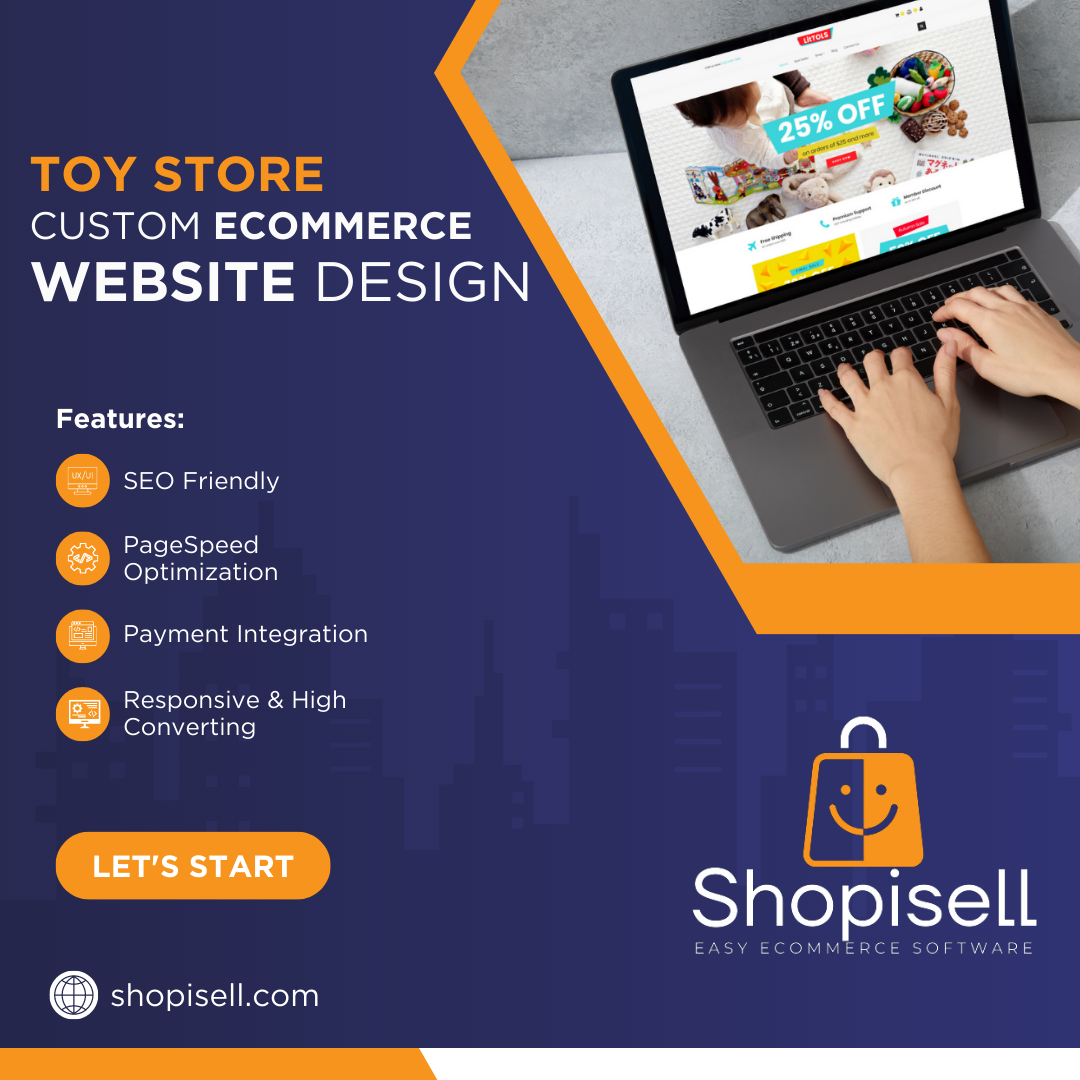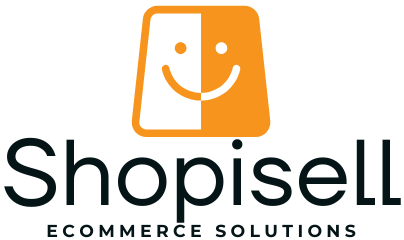
I migliori esempi di progettazione di siti web di e-commerce che mostrano creatività e funzionalità
In today's competitive digital marketplace, an e-commerce website's design is more than just an aesthetic choice—it's a critical component of its functionality and success. A well-designed e-commerce site not only attracts and engages users but also ensures a seamless shopping experience that can drive conversions and boost sales. In this article, we'll explore top e-commerce website design examples from 2024 that exemplify creativity and functionality. We'll also offer insights on how you can apply these design principles to enhance your own online store.
Why Creativity and Functionality Matter in E-Commerce Design
The Role of Creativity
Creativity in e-commerce design is about making a memorable first impression. A unique design can capture attention, differentiate your brand, and create an emotional connection with customers. Creative design elements can include innovative layouts, interactive features, and visually appealing graphics.
The Importance of Functionality
Functionality ensures that your e-commerce site works seamlessly for users. This includes intuitive navigation, fast loading times, and easy checkout processes. A functional design improves the overall user experience, reducing frustration and cart abandonment rates.
Examples of Creative and Functional E-Commerce Websites in 2024
1. Brand X: Immersive Interactive Experience
Brand X stands out with its immersive interactive features that engage users from the moment they land on the site:
360-Degree Product Views: Allows customers to examine products from all angles.
Virtual Try-Ons: Lets users see how products, like apparel or accessories, will look on them.
Interactive Demos: Provides interactive demonstrations of product features and benefits.
2. Brand Y: Minimalist Elegance with Dynamic Elements
Brand Y exemplifies minimalist design while incorporating dynamic elements to keep the user experience engaging:
Clean and Simple Layouts: Focuses on essential information with plenty of white space.
Dynamic Typography: Uses bold fonts to highlight important calls to action and promotions.
Subtle Animations: Includes subtle animations and transitions to create a smooth browsing experience.
3. Brand Z: Personalized User Journey
Brand Z leverages advanced personalization to tailor the shopping experience for each user:
Customized Recommendations: Uses browsing history and purchase behavior to suggest relevant products.
Localized Content: Displays content and promotions based on the user’s geographic location.
User Profiles: Allows customers to save preferences, wish lists, and shopping history for a more personalized experience.
4. Brand A: Eco-Friendly Design with Sustainable Messaging
Brand A incorporates eco-friendly design principles to align with their sustainability values:
Green Certifications: Showcases certifications and eco-friendly practices prominently on their site.
Sustainable Materials: Uses design elements that reflect their commitment to environmental responsibility.
Eco-Friendly Messaging: Communicates sustainability efforts through both visual and textual content.
5. Brand B: Superior Mobile Optimization
Brand B excels in mobile design, ensuring a seamless experience across devices:
Responsive Design: Adapts to various screen sizes and orientations.
Touch-Friendly Interface: Features large, easy-to-click buttons and intuitive navigation for mobile users.
Fast Load Times: Optimized for quick loading to improve user satisfaction and reduce bounce rates.
Key Design Elements to Implement
1. High-Resolution Imagery
Invest in high-quality images that showcase your products effectively. Include options for zooming in and viewing products from different angles to enhance the shopping experience.
2. Streamlined Navigation
Ensure that your site’s navigation is intuitive and user-friendly. Implement clear categories, a prominent search bar, and easy access to key sections like the shopping cart and user account.
3. Efficient Checkout Process
Simplify the checkout process to reduce cart abandonment. Offer multiple payment options, provide a guest checkout option, and minimize the number of steps required to complete a purchase.
4. Engaging Interactive Features
Incorporate interactive elements such as product configurators, virtual try-ons, and interactive demos to engage users and provide a more immersive shopping experience.
5. Personalization and Localization
Utilize personalization and localization to tailor the shopping experience to individual users. Offer personalized recommendations, localized content, and support for multiple languages and currencies.
Best Practices for Designing E-Commerce Websites
1. Prioritize User Experience
Focus on creating a seamless and enjoyable user experience. Test different design elements and features to see what works best for your audience.
2. Optimize for Speed
Ensure that your site loads quickly on all devices. Optimize images, use caching, and employ content delivery networks (CDNs) to enhance performance.
3. Keep Mobile Users in Mind
Design with mobile users in mind. Test your site on various devices and screen sizes to ensure it performs well across all platforms.
4. Stay Updated with Trends
E-commerce design trends evolve rapidly. Stay informed about the latest trends and technologies to keep your site current and competitive.
5. Monitor and Analyze Performance
Use analytics tools to track user behavior and site performance. Regularly review data to identify areas for improvement and make data-driven decisions.




